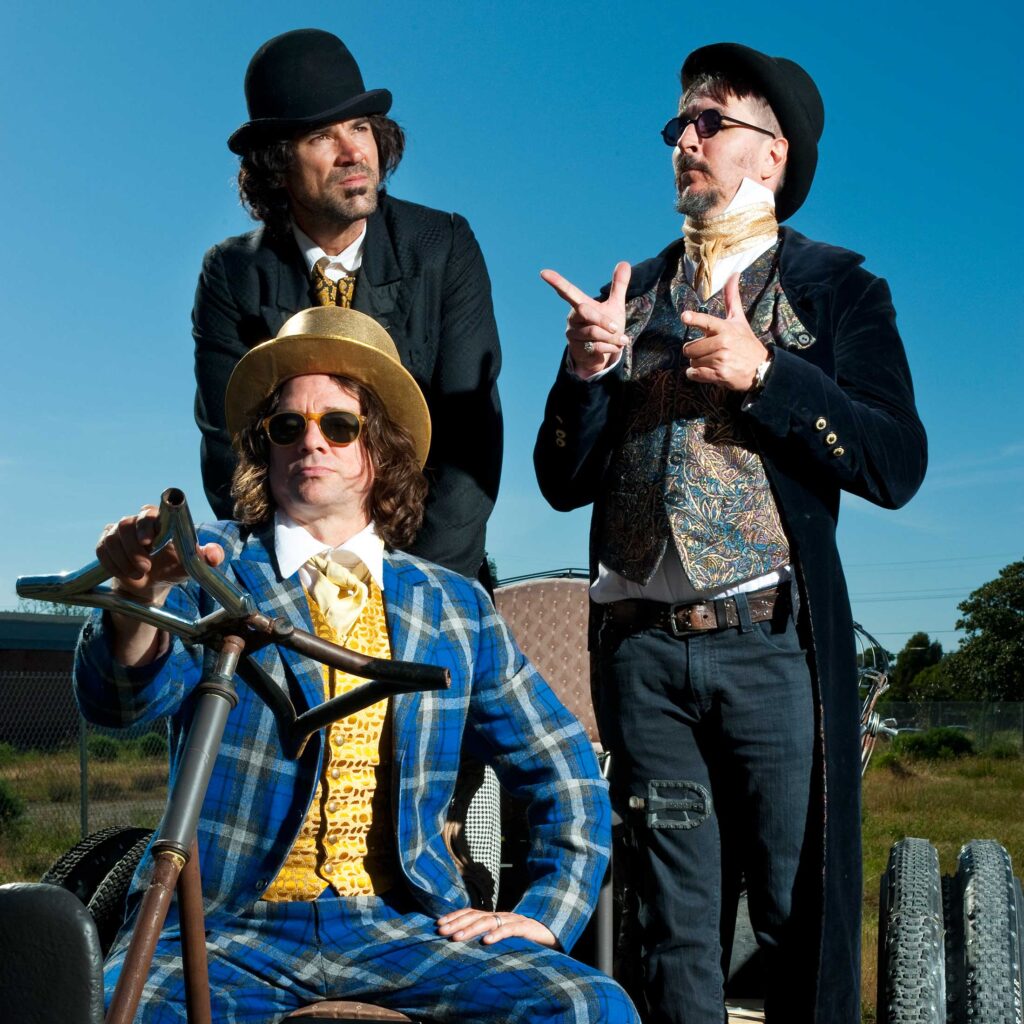I honestly can’t decide whether I spend too much time on Twitter or not enough. My family would be quick to respond that any time I spend on there is too much. I sometimes wonder if I would have a more comprehensive view of things by spending more — or at least by following more people. Often, I get half or less of the story, and while in many circumstances that 50% is 100% too much, in the case of the upcoming Lambeth conference, seeing half or less of the tip of the iceberg is way too little.
The particular piece of the iceberg which has surfaced on Twitter is a set of 10 “calls” to be discussed and considered by the bishops gathered at Lambeth. The subject areas of this calls are:
- Mission and Evangelism
- Safe Church
- Anglican Identity
- Reconciliation
- Human Dignity
- The Environment and Sustainable Development
- Christian Unity
- Inter faith Relations
- Discipleship
- Science and Faith
Of particular concern to many Episcopalians is section iii of the call on Human Dignity, which asserts “a reaffirmation of Lambeth I.10 that upholds marriage as between a man and a woman and requires deeper work to uphold the dignity and witness of LGBTQ Anglicans.” That’s a sentence which needs some unpacking, if ever there were one. Being the particular type of nerd I am, I cannot help but start by asking “what’s Lambeth, anyway?” So, a little bit of historical context.
In 1867, Archbishop Charles Longley invited all the bishops of all the churches that had originated in the Church of England to gather at Lambeth Palace, the official London residence of the Archbishop of Canterbury. The presenting issue which drew the conference together was the question of how much latitude a particular bishop or province has in adapting church practices to local customs. This question was closely tied to a controversy surrounding a relatively new trend of biblical studies which was emerging primarily at Oxford. This trend sought to apply the same critical tools to the study of scripture as one would apply to other written works. So, much like today, the surface issue had much to do with the church in Africa (did I mention the controversial province was in Africa?) and how we read and understand the authority of the Bible.
Also at issue then, and now, was who gets to decide the question. Where does the authority lie for making decisions that apply to all of the churches that originated in the Church of England. Even the wording of my previous sentence points to an issue: nobody knew what the Anglican Communion was then. And they certainly didn’t have a word for it. What Archbishop Longley sought to do with this conference was establish a sense of connectedness between all of these churches without establishing his office as a kind of Pontifex Maximus of Anglicanism. He accomplished that goal by what he didn’t do as much as what he did. As Mark Chapman writes in his book Anglican Theology, “through his skillful (or possibly incompetent) chairmanship, Longley ensured that breadth was maintained and that there were no exceptions.” While most might agree that there should be bounds on what is properly called either Christian or Anglican (and no, Virginia, those two are not synonymous) the structure which has evolved from that initial conference seems engineered to discuss rather than enforce what the boundary might be.
Which leads us to take a jump in time much closer to the present moment. That is, 1998, when Archbishop George Carey invited the bishops of the Anglican Communion to gather at the University of Kent for the 13th Lambeth Conference (the event having become a thing that happens about every 10 years at this point.) This was the first conference to which women who had been ordained as bishops were invited. Why human sexuality had emerged as a subject of discussion prior to the Conference is not altogether clear (Chapman, 202). What we do remember most vividly is the adoption of a resolution numbered 1.10. (The text of the resolution is available here.) Among other things — such as affirming the full membership of all persons in the Body of Christ — Resolution 1:10 states that the Conference “reject[s] homosexual practice as incompatible with Scripture,” and “cannot advise the legitimising or blessing of same sex unions nor ordaining those involved in same gender unions.” The adoption of Resolution 1:10 by a vote of 526 for, 70 against, and 45 abstentions. This wide majority in favor of the resolution could not have been achieved without a significant number of votes by bishops from areas like the United States, which was already ordaining openly LGBTQ clergy and contemplating liturgies to affirm same-gender unions.
Why would so many bishops from areas that seem so inclusive of the LGBTQ community vote for such a resolution? One reason may be a difference in understanding when it comes to the significance of the phrase “incompatible with Scripture” and how the authority of scripture functions in the church. Another reason may be the continuing lack clarity about the authority of Lambeth to draw a boundary by any means, not least through passing a resolution. The third, which I am at pains to document but which seems evident, may well be a paternalistic stance by some bishops which may have led them to vote for a resolution as a way to appease other bishops without really intending to live by the ramifications of the resolution.
If those bishops who more fully supported Resolution 1:10 suspected their peers of being disingenuous, their suspicions appeared to be confirmed by the election of The Rev. Gene Robinson to be Bishop of the Diocese of New Hampshire. This impression was probably magnified by two things. First is the fact that the election of bishops in The Episcopal Church, especially given the high level of lay involvement, is an unusual thing in the Anglican Communion. In many other provinces, bishops are either appointed (by, for instance, the Queen) or elected by a college of bishops. In order to assure the propriety of bishop elections, a majority of dioceses within The Episcopal Church must vote to confirm that the election was on the up and up. Usually, this is done by a vote of the Standing Committee in each diocese.
Which leads us to the second thing. At the time of Bp. Robinson’s election, there was a rule in The Episcopal Church that if a bishop was elected in a certain time period before a General Convention, that bishop’s election would simply be ratified by the Convention rather than going out to each individual Standing Committee, which makes sense from a time-saving point of view. But if one was not a complete and total nerd (which you are now if you have read this far) it could look like the General Convention elected bishops. Many supporters of Resolution 1:10, were shocked that the General Convention seemed to elect an openly gay bishop, and that the Presiding Bishop had not put a stop to it (which, unlike primates in some other Anglican provinces, the Presiding Bishop has no authority to do.) In their eyes, this seemed to be in direct contradiction to the agreement that was reached at Lambeth in 1998.
And I promise, we are almost back to 2022. First, we’ll take a quick swing through 2008, when the Lambeth Conference adopted what was termed an “Indaba Process” which sought honest conversation and listening without discussion of specific resolutions. Not unlike Archbishop Longley, The Most Reverend Rowan Williams sought broad unity as opposed to tightly focused clarity. Although some may question its enduring value, Williams and his successor, Archbishop Justin Welby seem to have piloted the Anglican Communion though more turbulent times than we are now experiencing. So why, having reached calmer waters, would we return to the controversy surrounding human sexuality.
First, and I’m just guessing since I’m not in Archbishop Welby’s group chat, is that the controversy has not gone away. Like unto the iceberg analogy, the danger doesn’t go away simply because you don’t see it at the moment. I assume that there continues to be significant disagreement about the role of LGBTQ people in ordained ministry and the status of marriages that do not conform to the traditional male – female paradigm. (For the record, I’m fully in support of ordaining people who identify as Lesbian, Gay, Bisexual, Transgender, and Queer to the diaconate, priesthood, and episcopacy, and I believe the nuptial blessing should be declared over monogamous relationships between two adults who have committed themselves to each other through the vows of marriage, regardless of the gender identity or sexual orientation of either person.) It is likely that many of the bishops who participated in the discussion of Resolution 1:10 are no longer active, so giving the current bishops an opportunity to cast ballots on this issue allows them to clearly make their “yes” yes and their “no” no. The ambiguity and possible disingenuousness of the previous state of affairs is removed.
Second, the History and Purpose Document for this Lambeth Conference clearly states that “The reason the Archbishop has made this change to move from resolution to Call is that the word resolution implies legal decision which is binding and that goes beyond the powers of the conference (as this paper notes).” Archbishop Longley forbade the passing of resolutions at the first Lambeth Conference for this very reason: they imply an authority which the conference simply does not have. By discussing and voting on a Call in this context, all of the participating bishops implicitly acknowledge what it means (and what it does not mean) for this body to act.
Which is not nothing. The same document cited above describes a Call as ” an appeal to each church of the Communion to consider carefully, and hopefully to follow it and respond to it in its own situation.” A Call of the Lambeth Conference also bears weight at meetings of the primates and The Anglican Consultative Council. What it does not do is obligate the church of a particular province, such as The Episcopal Church, to act in a specific way. What gives me the most hope is the potential for this Lambeth Conference to remove the roadblocks of misunderstanding and mistrust that were engendered by the passage and aftermath of Resolution 1:10, opening the possibility that if we are going to disagree, that we will do so in good faith, knowing what the stakes are, and respecting the size and the weight of the issue before us, even if we see only a small part of it at the moment.







One Reply to “Stuck outside of London with the Lambeth blues again.”
Comments are closed.